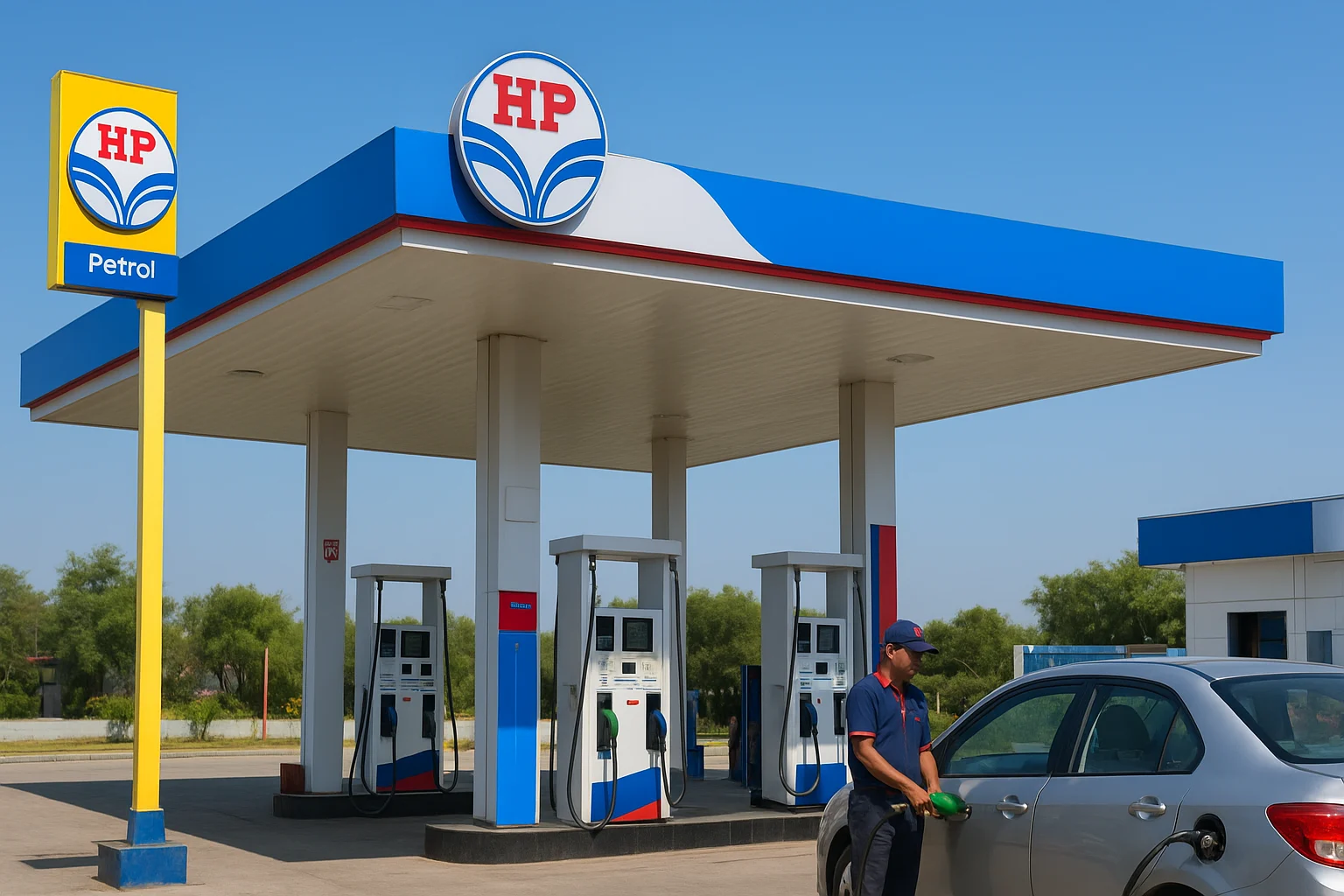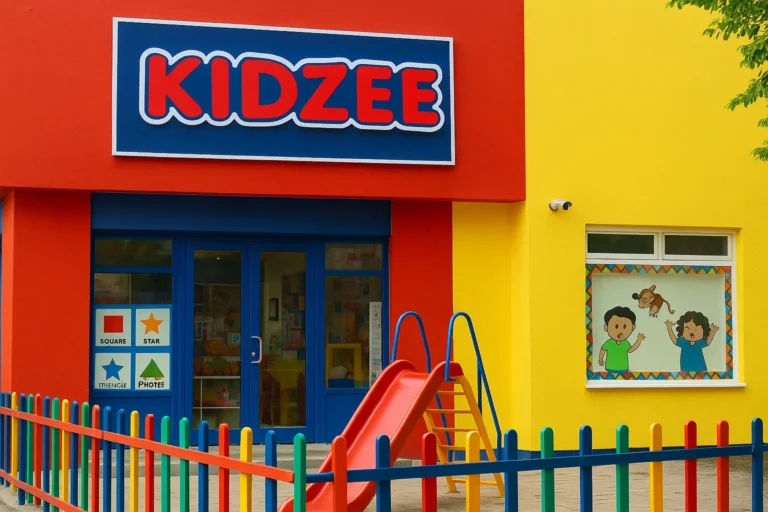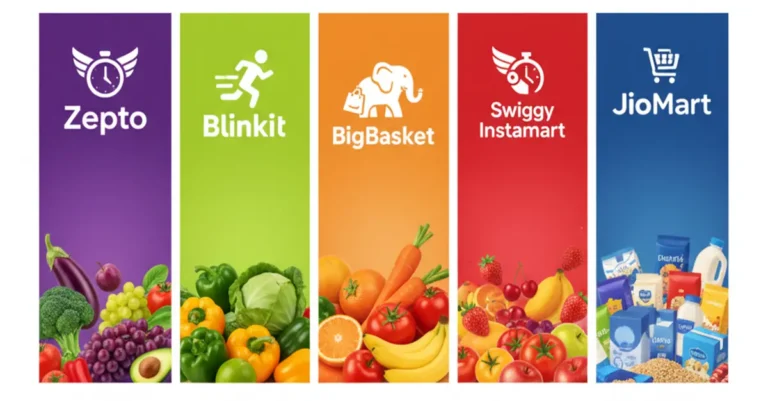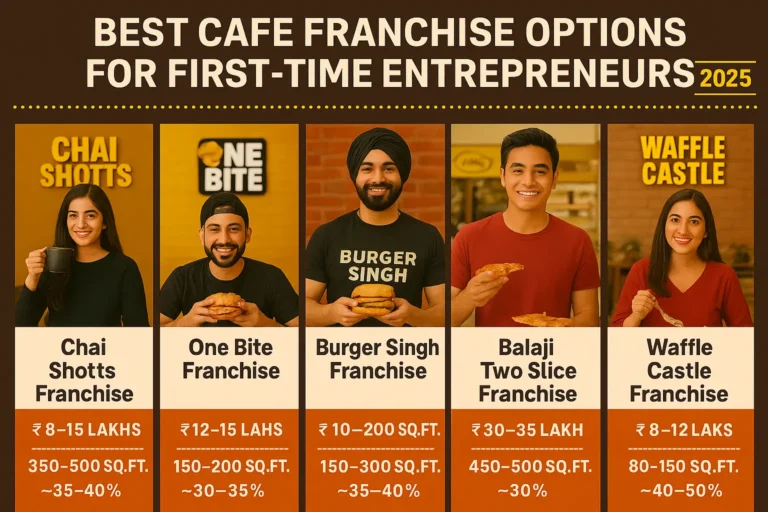Introduction
HP Petrol Pumps (operated by Hindustan Petroleum Corporation Limited, HPCL) have long been a critical part of India’s fuel distribution network, serving both rural and urban consumers. But as the market evolves—with changing regulations, consumer expectations, and technology—HP’s petrol pump business is undergoing important shifts.
In this detailed post, we’ll dig into:
- Recent news & strategic updates regarding HP pumps
- A comparison with other petrol pump brands
- Deep dives into the franchise/dealership model: costs, profits, risks
- Funnel & tracking advice: how someone interested in owning an HP pump can move from lead → site evaluation → launch → ongoing growth
Recent News & Strategic Moves
- Innovative Customer-Engagement Initiatives
In Tamil Nadu, HP launched a program offering unique rewards to top refuelers—grand prizes such as cars, bikes, laptops—to boost engagement and drive frequent high-volume transactions.
Such programs show a shift: fuel companies aren’t competing only on price or availability, but also on customer experience and loyalty. - Premium Outlets: Club HP / Club HP Star
HPCL’s Club HP and the upgraded Club HP Star outlets are examples of premium branding, focusing on faster service, better facilities, free air, digital billing, etc. They’re designed to meet rising customer expectations of convenience. - Petrol Shortages & Supply Challenges
In Ahmedabad (Gujarat), HP pumps faced fuel shortages, causing many outlets to close or limit services. Local panic escalated when no petrol boards were displayed at pumps. Supply constraints are still a risk factor for franchise partners. - Growth of Retail Outlets & Franchise Support Services
There are plans by HPCL and affiliated brands to support non-fuel offerings: micro-shoppees at HPCL sites (e.g., Micro Shoppee collaboration) and increased convenience offerings. These auxiliary revenue streams are increasingly important.
Ultimate Comparison: HPCL vs IOCL vs BPCL
| Feature | HPCL (HP Petrol Pumps) | IOCL | BPCL |
| Number of outlets | Approx. 21,300 (similar to BPCL) in recent data. | Highest number (~36,700) among public‐sector oil PSUs. | Close to HPCL in outlet count. |
| Premium offering (e.g. premium fuels, service, outlets) | Offers poWer / Power99 premium fuels, Club HP / Club HP Star outlets for enhanced service. | Also has premium fuel variants; IOCL usually perceived strong in rural coverage. | Similar to HPCL in many areas; difference often in local dealer practices and service quality. |
| Innovation & loyalty programs | Recent loyalty/reward programs; digital tools (wallets etc.) in some regions. | Also robust; IOCL often first mover in some regions. | Comparatively slower in rolling out premium loyalty in some areas. |
| Challenges | Supply chain / fuel shortage ‒ especially in remote/rural areas; high regulatory compliance; competition from private players. | Same challenges + infrastructure costs. | Similar. |
Case Study: What It Takes to Own an HP Petrol Pump Franchise / Dealership
(These numbers are approximate; they vary by location, size, and regulatory/local costs.)
| Component | Details / Typical Cost |
| Initial Capital & Investment | Standard outlets often cost INR 1-3 Crore depending upon location, land cost, equipment, storage tanks etc. Premium locations cost more. |
| Licensing, Permits & Legal Clearances | Must obtain petroleum license, explosive license, environmental permission, fire safety clearance, local municipal approvals. These can take time and money. |
| Working Capital | Inventory of fuel, staff wages, utility bills, other non-fuel supplies. Depending on throughput, may need INR 15-30 lakhs for initial months. |
| Revenue Streams | ‒ Fuel commission per liter (petrol & diesel) ‒ Premium fuel (higher margin) ‒ Lubricants, oils, coolants ‒ Non-fuel services: convenience stores, car wash, air/wheel servicing etc. ‒ Loyalty programs and premium branding (Club HP Star etc.) can attract higher revenue. |
| Profit Margins & Pay-Back Period | High variability. In well-located pumps with good flow, profits may be substantial. But in rural/low-flow or supply-challenged areas profit may be low, pay-back longer (>2 years). Operational efficiency, theft/fraud control, and customer trust matter a lot. |
Consumer Trust & Fraud Issues: What Franchisees Should Know
- There are frequent reports of meter manipulation, not resetting meters to zero, nozzle or hose tampering, especially during rush hours. (Multiple consumer complaints and social media reports.)
- Choosing transparent, well-managed locations and investing in visible, clean facilities helps build customer loyalty.
- Preventing fraud inside the pump (attendants, system checks) is critical: staff training, oversight, technology (like camera monitoring, visible meter reset etc.)
Funnel / Tracking Strategy: For Someone Considering This Franchise
Here’s a suggested customer journey / funnel, with tracking metrics & touchpoints. This is useful both for your blog audience (entrepreneurs) and HPCL / partners developing dealer recruitment content.
| Stage | What the prospect does | KPIs / What to Track | What HPCL / Franchise Developer Should Provide |
| Awareness | Prospect hears about HP pump dealership via ads, forums, fellow business owners | Impressions, click-throughs, content engagement (blog, video) | Case studies, success stories, transparent cost breakdowns, comparison with other investments |
| Interest / Research | Downloads dealership manuals, cost sheet; visits existing HP pumps; visits HPCL website | Time on site, downloads of PDF, number of enquiries, geographic leads | Clear dealership criteria; location-based filtering; FAQs; sample profit calculators |
| Evaluation | Visits site location; estimates land / site cost; meets with HPCL representatives; compares with IOCL / BPCL models | Site visits count, proposals requested, quotes compared | Provide site feasibility studies; mentoring; connecting with current dealers; risk disclosures |
| Decision / Setup | Submits application, obtains licenses, invests capital, constructs or refurbishes site | Number of applications processed; months to launch; cost overruns; financing secured | Streamlined permit support; checklists; potential financing partners; timelines |
| Launch & Operations | Opens pump; starts selling; marketing; loyalty / rewards; non-fuel services | Sales volume; margins; repeat customer rate; satisfaction ratings; operating costs vs budget | Training; audit support; monitoring; strong branding; support in marketing / promotions |
| Growth & Optimization | Adds premium fuel offerings; adds services; optimizes efficiency; reduces fraud; grows non-fuel income | Increase in premium fuel sales; share of non-fuel revenue; profitability; customer complaints/frauds per month | Ongoin support; technology upgrades; benchmarking; feedback loops |
Risks & What’s Changing (What To Be Aware Of)
- Regulatory & Environmental Pressure: Stricter norms on emissions, pollution, spill prevention, environmental clearances.
- Fuel Price Volatility: International crude price fluctuations, subsidies, tax changes affect margins.
- Competition from Private Players, EV charging infrastructure, alternate fuels (CNG, biofuels, etc.)
- Consumer Expectations: Clean facilities, fast service, digital payments, transparency, loyalty rewards.
Conclusion & Takeaways
- For entrepreneurs, owning an HP petrol pump franchise remains a viable investment—especially in high-traffic or underserved locations—but success depends heavily on location, efficiency, service quality, and additional revenue streams beyond just fuel.
- HPCL is adapting via premium outlets, loyalty programs, non-fuel services etc.—franchisees who align with these trends will have an edge.
- Transparency & consumer trust are increasingly critical. Fraud complaints and service infractions hurt reputation and can reduce customer repeat business.
- Prospects should follow a well-defined funnel: assessing costs, risks, comparing with other brands, doing site due diligence, then operational excellence.





